Allemannsretten is a Norwegian concept from the ancient times which means “the freedom to roam” in English. Simply defined, this traditional right takes on the form of general public rights which applies to open country, thus making it legal in most cases for people to walk through any piece of uncultivated land. This concept rings true for tourists exploring any new places for their first time, not just open spaces, as it may give them a sensory impression of the whole outdoor experience. I came across this term in a bookstore in Reykjavik, Iceland and thought it fitted well on how I made the majority of the landscape images and what I was interested in.
This series forms part of a larger overarching theme, ‘The provocative landscape’ whereby I have been working on for two years, accumulating the travels and experiences of roaming about these locations for my first time and exploring places through the tourists’ eyes, thus informs my impression of the landscape through personal experience and in turn translated into photography.
To know more about my travels:
London | Scotland | Barcelona | Dubai | Singapore | Berlin | Iceland
(Some of these image in the series were not printed out as part of the final series because I have to consider the balance of my portfolio in the bigger picture. I have three collections of prints hence I have to be conscious of omitting those with the weakest links.)
References
The references to this series is an accumulation of the photographers or image makers that I have analysed over the course of two years of endeavour; Some in the form of visuals and themes, some in the form of philosophy and photographic practices while some are cultural influences. But at the same time, I didn’t want to simply emulate their style, or copy them. Instead, I wanted my own photographic style to come out of its own, while still influenced by these photographers.
(For more information about my research and references, check out my bibliography page.)
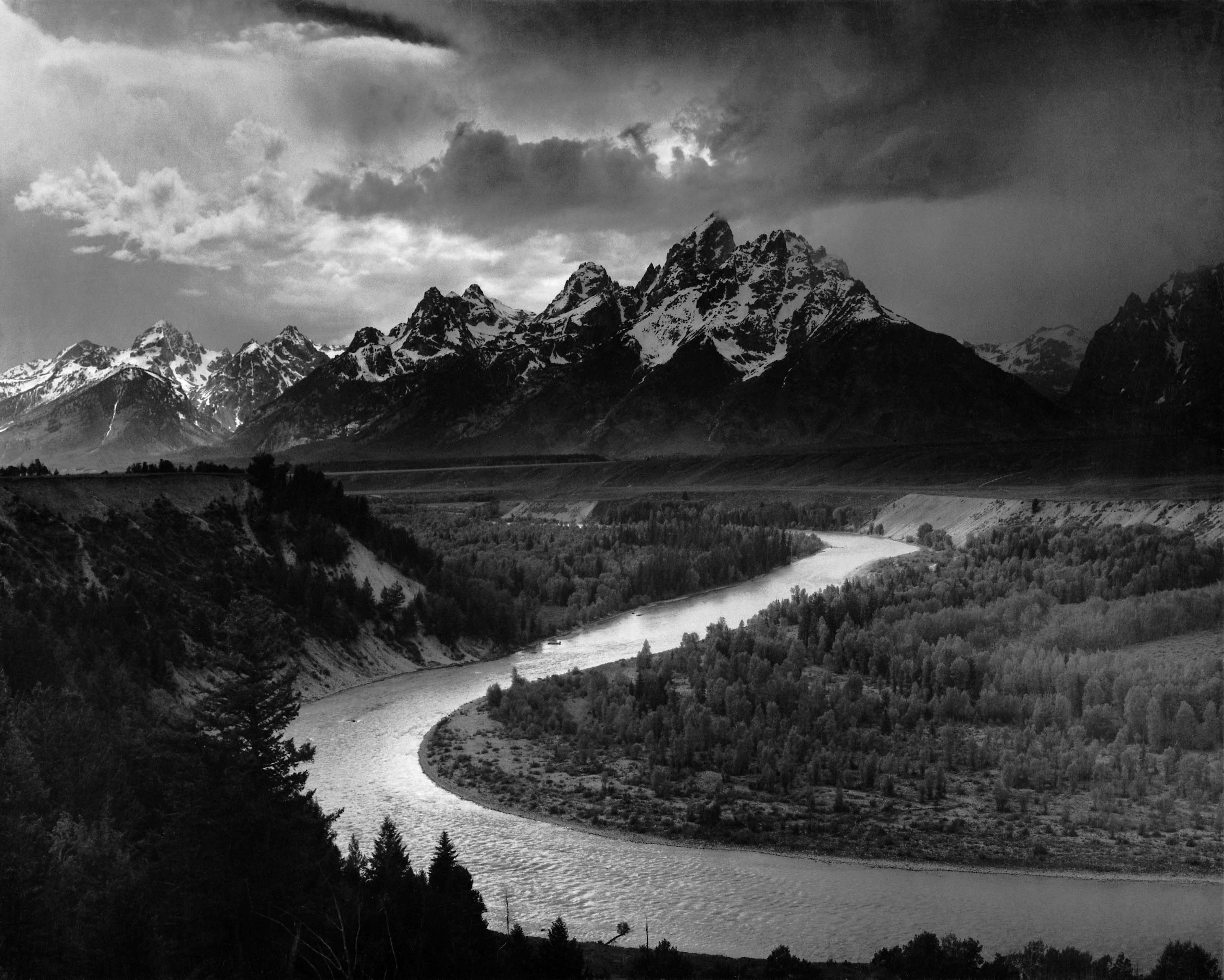
Ansel Adams | His dedication, and experiences in capturing the landscape has left me captivated and wanting to understand what makes his images work. As I had first started with the love for landscape photography; his idea of pre-visualisation and his preference for black and white images had me re-look at my own practices in photography. [Analysis]
Saul Reiter | Believed there is such a thing as ‘a search for beauty’. He considers it worthwhile for one to pursue their perceived forms of beauty. [Analysis]

Edward Burtynsky | Heavy influence from Edward Burtynsky’s photographic practices: “[we] come from nature… There is an importance to [having] a certain reverence for what nature is because we are connected to it… If we destroy nature, we destroy ourselves.” [Analysis]

Dan Holdsworth | often quite interested in dislocating the image from the place. He was interested in is a psychological landscape’, not so much in where it is located. his works represent an updated notions of the Romantic Sublime, with “elements of awe, vastness, individual insignificance, of trespass even, are appropriate to these … wildernesses.” [Analysis]

Finn Beales | His image style always gives an authentic and natural feel, there isn’t too much heavy editing. He has a keen sense of how lights affect the landscape and use that to his advantage, thus using the lights to create the atmosphere. [ Analysis]
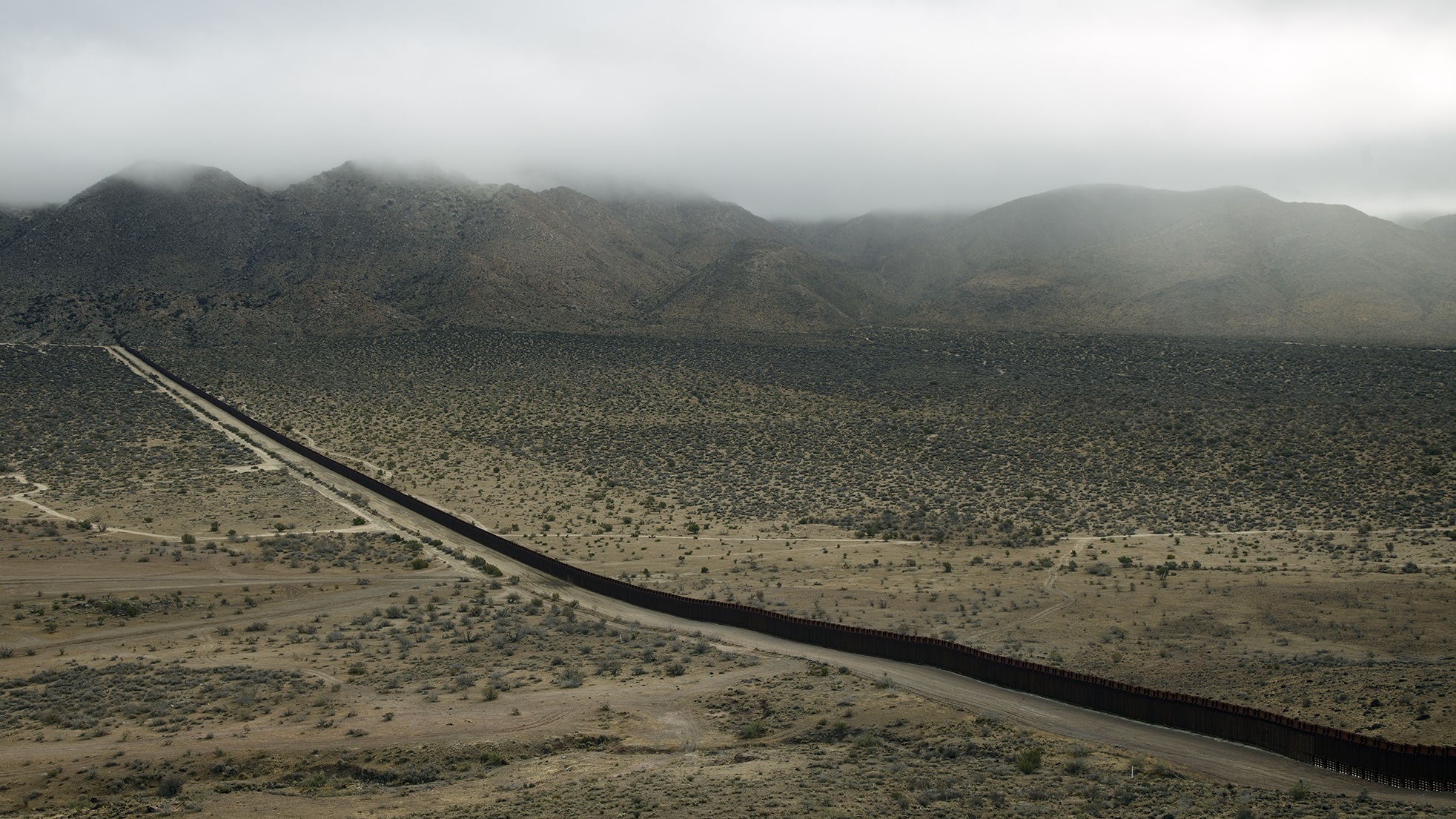
Richard Misrach | One those image which perhaps I felt most connected to was The Wall, Jacumba, California, an image Misrach captured in 2009 which depicts the U.S.-Mexico border often show a fence and desolation on either side. The clouds covering the mountain ridges suggests the scene with an ominous atmosphere. It has that depth which conveys the scale of the desert terrain. It is not vividly coloured, but there are a lot of details hidden within the landscape which might provoke one’s response into thinking what is there within those vast spaces. Hence from this image, Richard Misrach’s works suggest a dialectical image. [Analysis]

Paul Seawright | Seawright’s works “Hidden” is relevant to my research because of his subtle and quiet approach in capturing the terrain suggests that where there lay a hidden malevolence of its landscapes and the spectacle of ruins which becomes aestheticized, an approach which contrasts against that of Luc Delahaye’s works. [Analysis]

Simon Roberts | By elevation, it lifts the mid-ground and gave him a better opportunity to see the landscape and build narratives into it. By photographing the theatrical and using the atmosphere to his advantage, the less likely for him to get stopped taking pictures. [Analysis]
Other Research
Toussaint (The Witcher 3: Blood and Wine) | This is one of the many beautiful video game worlds that I enjoyed watching. Though I’m not really a gamer myself, but the art is beautifully rendered, the stunning vistas and brilliant sunsets. Landscape images can be a source of influence for video game environmental designs and vice versa. This also shows another potential revenue for landscape images.

Hebe | Chinese Pop singer and Idol, Hebe and her Music Video: Insignificance
Impressionism and Romanticism Arts Movement


Paintings from these art movements have given me an impression of what the European landscapes could be like, therefore shaping my photographic practices and the preferential visual to dramatic landscapes and snowscape terrains, as I have subconsciously tried to emulate these art styles into my landscape photography. [Analysis]
A Curated Series
My approach to Allenmanstretten was to curate my images from all of my travels and look at landscapes in the opposite direction of my original photographic style. The vivid colours in this series are largely absent in my images. There are certain elements of detail hidden in the visual that I hope the viewers may take a second look. There is also that certain element of commercial value of travel photography amidst the fine arts approach. This is intended, as the essence of my travel is encapsulated through these experiences.

A shortcut through the small canal behind the Berlin Zoo with sheets of broken ice in interesting positions. The calm water presented a serenity of the scene as a train passes through the vicinity, echoing its presence. That was the moment, Henri Cartier-Bresson style.

- as usual, I blended the three exposures into a single image, colouring shadow area with the underexposed image and highlight areas with the overexposed image.
- I then use the curves to pull in more contrast, and colour adjustment filter for a cooler tone. This process is used throughout to balance the colour of the snow.

Wandering through the Tiergarten park exploring the wintry landscape of Berlin, I found a playground in the midst of the white open space, covered with a thin layer of snow. I captured the scene in a two-dimensional form, utilising the strong visual lines of the playground and the trees in the background.

- The image was originally framed with the rule of thirds in mind. I used bracket exposure to bring back some detail of the overcast sky.
- noting that there was a single yellow hue visible in the image, I used the HSL to push the yellow hue out.
- I applied curves adjustment to create a punchier contrast and colour balance filter with cool tones to balance out the colours in the image.

A street scene off the edge of Tiergarten park just before the Holocaust memorial. Having submitted my dissertation report just before my Berlin trip, the subject of war tourism and the research of war photographers in my essay were still fresh in me at the time. These forests gave me the world war two impression vibe as it had reminded me of the calm scenes of the miniseries, Band of Brothers (2001), just before the bombardment at the Battle of the Bulge in episode 6. Having done my two years of full-time National Service stint, I cannot imagine myself in those circumstances and I do not want to put myself in that forest. I captured the scene in a two-dimensional form, utilising the strong visual lines of the traffic lights and the trees in the background.



At the black sand pits in Iceland, a strong gust of wind picks up and everyone froze still, not wanting the sands to hit on their faces. I wanted to capture the scene of the people heading in the same direction towards a cave but they are all in an awkward standing position, hands covering their face from the sands.
 Not much editing was done on this images, but largely to open up shadows and control the highlights in camera raw file.
Not much editing was done on this images, but largely to open up shadows and control the highlights in camera raw file.

This was the first time I have captured fog at the Mousehold Heath forest, Norwich. I think this stems out from a conversation I had with an acquaintance of mine back in Singapore about “printing wallpaper for hanging”. What he meant was about wanting to purchase fine art prints from me, while I showed him a couple of random wallpapers as a reference to what he actually said:
I didn’t know the author of the misty forest wallpaper in the reference image, but when I on the ground shooting the fog, I was probably trying to emulate the same atmosphere in the panoramic format; the strong verticle lines of the trees, the same crispness in the foreground and the blurriness at the background. In this case, it was interesting yet strange that such wallpaper images had a bit of influence on me. For such large format prints, I would have to go for a larger format camera as opposed to a full-frame digital format camera on hand.

This image features a group of boats in the harbour in Portree, Scotland. Beyond the harbour lies a body of land, clouded in mist. The air of mystery surrounds what it could be.

The editing process for this image was slightly different from my usual techniques. It is still a simple editing process on my camera raw file with addition graduated filter, and I added a cooling photo filter and toned it down a little to attain the bluish cinematic atmosphere. With the mist in the background, I figured this works the best for this image.

Driving through a peculiar part of the landscape in the southern region of Iceland, what made this image more peculiar was that orange cube object among the pile of rocks and stones in the middle of nowhere. The cloudy weather only made the scene look foreboding.

The editing process is fairly straightforward.
- Usual exposure blending process. the bottom half is largely the brighter exposure, while the top half the darker exposure.
- I didn’t want the orange cube object to stand out too much, so I desaturated the hue a little, so it blends in well with the surroundings.
- I added curves to increase contrast.
- And added colour balance to increase more blue hues. I used a gradient mask to control the filter and preventing the blue hues from overpowering.

This was the most intense drive in my experience as I had unwittingly driven into a sudden snow blizzard while en route eastwards towards my next destination in Iceland. The roads became icy and poor visibility. I eventually found a closed petrol station and had to wait out until the storm had passed. This image shows the destructive force of nature in the form of the snow storm. At the time, somehow the heavy snow had reminded me of Ori Gersht’s sublime images of exploding flowers. I guess this would become the landscape version where the petrol station is going to be blown apart.

Not much processing was done for this image. A large part of it was to pick the right frame. one determining factor was to find the images of the petrol station with sharp edges in contrast with the heavy snow. The other factor was the snow’s interaction with the lamp post. Many of the bokeh formed around the lamp post during the snow storm didn’t quite produce the perfect shot I was looking for. among all of the shots, I found one with an ‘X’ shapes light stood out the most for me. Below are the frames that did not make it to my list.


I selected this image because the cloudy weather made the image foreboding, hence the cinematic approach to creating an orangey-alienish landscape. On industry relevancy, the first thing that came into my mind was computer wallpaper or a fine art print.

- I wanted to get details of the sky and the mountain peaks, and I could only get it by blending the two exposures together.
- I created a tonal curve adjustment and painted over the peaks to get a more punchy contrast.
- Next, I apply a Color Effex pro filter over to the layers, which would get me the orangey-alienish landscape.
- last but not least, I apply a cool colour balance over the image to tone down the warm orange tones.

A wooden cross stands firmly on a cliff in the night sky, away from the city lights. When I came to this vantage point in Barcelona, I was immediately reminded of the tomb of Jesus Christ after his crucifixion on the cross. At the same time, I also remembered the works of the German painter, Caspar David Friedrich’s “The cross beside the Baltic“, which seeks to express the power of nature and illuminate the beauty and significance of Christ through nature. This image was shot from a low angle up such that the light from the moon forms a significance to the cross.

- The original raw files were still too dark even after opening the shadows and reducing the orange hues. hence I had to blend three exposures together.
- I slowly paint out the rock details out, as well as the lighten the exposure on the cross.
- last but not least, I created colour balance filter to accentuate the blue hues, I used a radial gradient mask to prevent the colour balance filter from overpowering the image too much.

This was captured during one of the supermoon phenomena where the moon becomes slightly larger and brighter than usual. The absence of street lights in the neighbourhood and the clear night sky heightens the bright white light from the moon to a dramatic effect, as though an apocalyptic meteorite has appeared. After seeing Joe Hilmarsson’s iconic image of the Aurora Borealis above Iceland which resembles an iridescent angel glowing in the night sky, I thought such phenomenon becomes a valid point for provocative landscapes.

My editing processes for this image were also pretty much straight forward
- opening up shadows in my camera raw file
- toning down the orange hues and increasing blue hues
- I explored further with the detail extractor filter in Color Efex Pro, but found the effect not suitable for this image. this was because when the details are opened up, the eyes would be led away from the brightest light source and wander around the image first.
- to prove the point above, I edited a few variations with a lighter rendition, the one with the darkest shadows still stands out for me.


This was taken during the aftermath of a fireworks display during the Bonfire Night festival. I meant to capture some fireworks display from a vantage point in Mousehold Heath.The last year we I took them near the city, it was extremely crowded. I thought of doing from that vantage point, but I didn’t expect that the crowd and photographers turnout would be equally great. I lost the interest to capture fireworks itself and began thinking of placing human elements into perspective. The idea was to capture a scene, something which I would not see often. But these fireworks had ended as fast as it began. I decided to linger a while longer to see what happens next, still clicking on my shutters.
When I framed my shot on the ground, I didn’t think of what sort composition to use. It just comes naturally as I shot the image. I had used a dynamic composition, Root 2 Rectangle fits perfectly here.
I picked this image as part of my series because the scene sort of depicts a dystopian world, as though an aftermath of a battle had occurred in the city and two figures were watching the scene happening. There seems to have a Sci-fi feel to it.

1. This image does not have complex processing. On my camera raw, I adjusted the exposure slightly brighter with some contrast and pushed the shadows to the maximum.
2. Since this is a full night image, chances of noise would be present and I wanted to suppress it. I applied noise reduction settings and a bit of post-crop vignetting to control the unwanted light spill.
3. To enhance the image further, I cloned in a crescent moon from my previous images and cloned out the stray light streaks at the bottom right corner. I used the dynamic composition, root-two rectangle to position the crescent moon.
Other Contenders



Some of the images I have selected to be included in this series but were not printed out as part of my portfolio because I had to consider the bigger picture of balancing out with the other series. These images, in my opinion, were the weaker links.






















































































 On post process, heavy editing wasn’t required. Though I could have cleaned out some of the details out the foreground but I liked the mess of details to be authentic. Just the usual method of opening up shadows and decreasing highlights and that was good enough.
On post process, heavy editing wasn’t required. Though I could have cleaned out some of the details out the foreground but I liked the mess of details to be authentic. Just the usual method of opening up shadows and decreasing highlights and that was good enough.





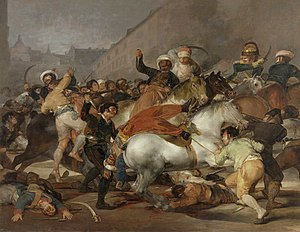

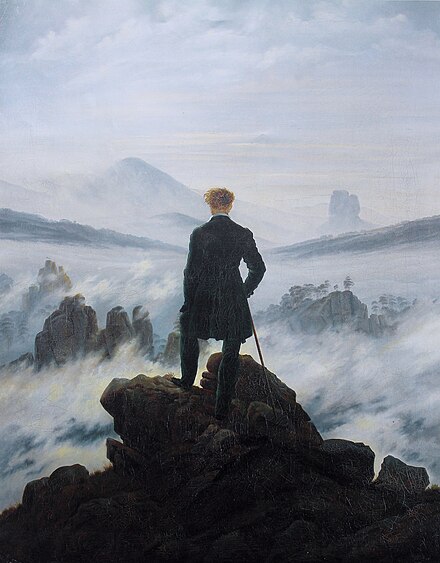


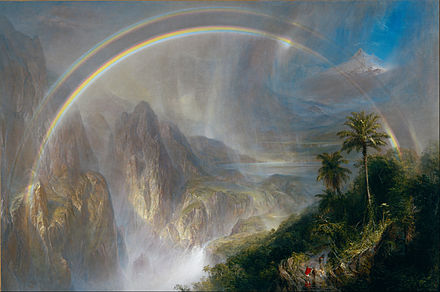













































You must be logged in to post a comment.